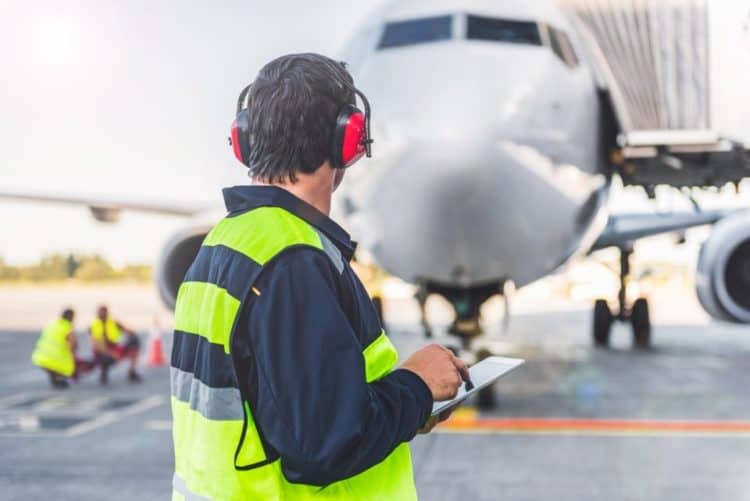The air transport industry plays a major role in global economic activity and development. One of the key elements to maintaining the vitality of civil aviation is to ensure safe, secure, efficient, and environmentally sustainable operations at the global, regional, and national levels.
ICAO establishes Standards and Recommended Practices (SARPs) to facilitate harmonized regulations in aviation safety, security, efficiency and environmental protection on a global basis. Currently, ICAO manages over 12 000 SARPs across the 19 Annexes and five Procedures for Air Navigation Services (PANS) to the Convention on International Civil Aviation (Chicago Convention), many of which are constantly evolving in tandem with latest developments and innovations. ICAO serves as the primary forum for co-operation in all fields of civil aviation among its 193 Member States.
 Safety is a core value-offering of rapid and dependable air services, and international cooperation on aviation safety by governments and industry groups, through ICAO, has helped to make commercial aircraft the safest way to travel.
Safety is a core value-offering of rapid and dependable air services, and international cooperation on aviation safety by governments and industry groups, through ICAO, has helped to make commercial aircraft the safest way to travel.
The 193 countries who cooperate through ICAO are currently working toward their agreed global safety target of zero fatalities by 2030, in tandem with the strengthening of their regulatory capacities, while pursuing a range of programmes and targets relevant to current core areas of global aviation safety planning, oversight, and risk mitigation.
They are also working to enable the safety standardization needed to integrate today’s exciting innovations in aircraft propulsion, design, autonomous control, and personal mobility, while still maintaining or improving overall network performance.
Improving the safety of the global air transport system is ICAO’s guiding and most fundamental strategic objective. The Organization works constantly to address and enhance global aviation safety through the following coordinated activities:
-
- Policy and Standardization;
- Monitoring of key safety trends and indicators;
- Safety Analysis; and
- Implementing programmes to address safety issues.
The ICAO (GASP) presents the strategy in support of the prioritization and continuous improvement of aviation safety. The GASP sets the goals and targets and outlines key safety enhancement initiatives (SEIs) aimed at improving safety at the international, regional and national levels. The 2020 edition of the Safety Report is structured in alignment with the 2020–2022 edition of GASP and the new edition of the Global Air Navigation Plan (GANP), which provides global strategic guidelines to drive the evolution of the air navigation system.
With a summary of initiatives to improve aviation safety and provides updates on some safety performance indicators (SPIs), the Safety Report including accidents that occurred in 2019, and related risk factors. Results of analysis from the 2015–2019 reports are used as benchmarks for comparison, although it must be noted that numbers presented in this report may not exactly match earlier editions due to data updates during the intervening period.
The 2020 Safety Report can be accessed here.

